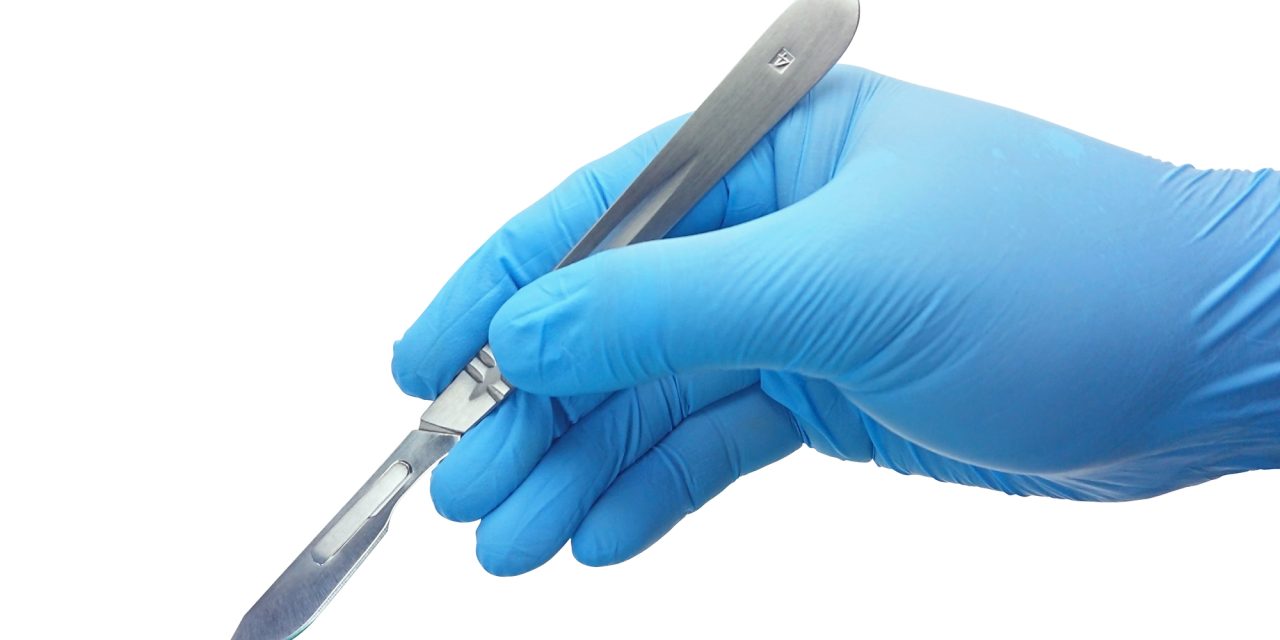This study clearly depicts that significantly more patients in this study with occlusive disease required an inguinal incision (83%) compared with the patients with aneurysmal disease (16%). Surgical site infection occurred in 10% of the patients with an inguinal incisions vs 3% of the patients without an inguinal incisions (P = .001). Of the 33 patients with wound infections, 23 had had an inguinal incision. The inguinal region has higher temperature and humidity, which encourages the growth of microorganisms that thrive in moist conditions. Occlusive arterial disease is also related to microcirculatory dysfunction and might have a negative impact on wound healing and the development of wound infections. Avoiding the use of inguinal incisions, using negative-pressure wound therapy, and encouraging the patient to cease smoking before surgery might decrease the incidence of infections. Inguinal incisions will usually be necessary for aortoiliac occlusive disease because the disease will usually extend to the distal external iliac arteries or these arteries will be very small.
Reference link- https://www.jvascsurg.org/article/S0741-5214(20)31845-0/fulltext


